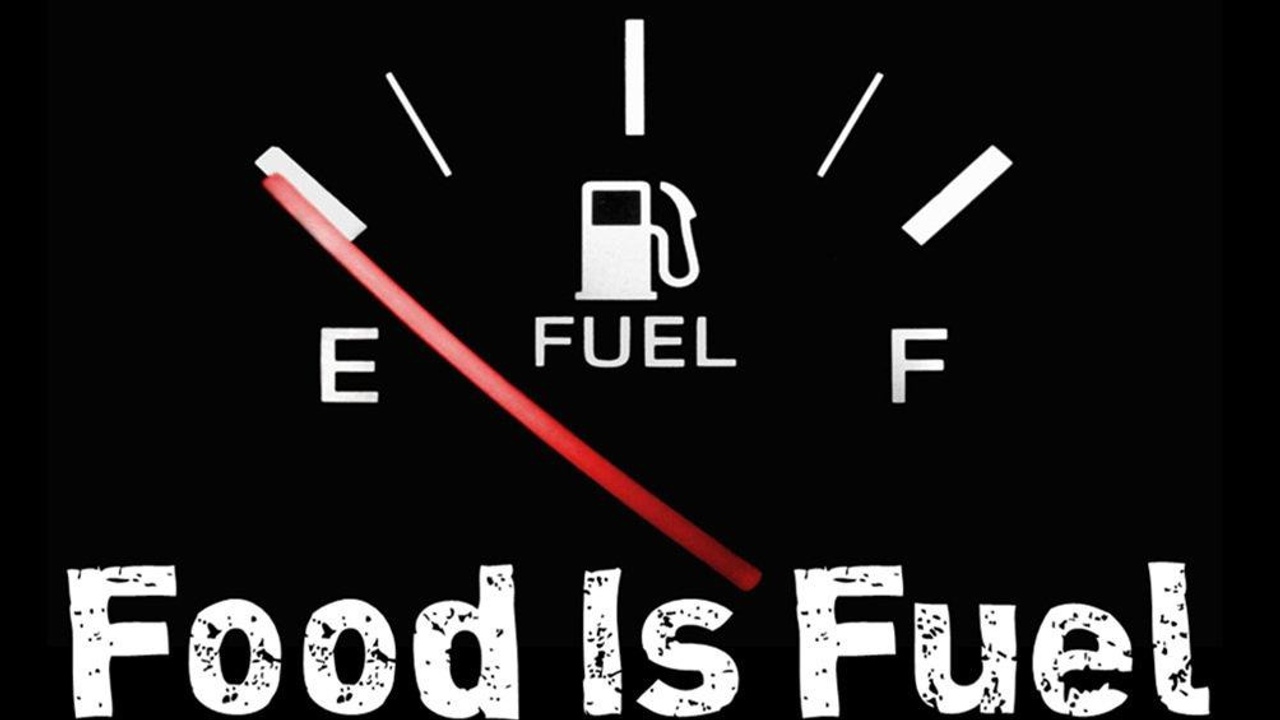
MMA Nutrition Tips When Athletes Are Training Twice-a-Day
By Dan Garner
Team Garner - Strength Coach and Nutrition Specialist
Multiple training sessions per day is not out of the norm when it comes to the sport of any form of martial arts. MMA is a mixed energy system demand sport that requires you not only be incredibly skillful with your movement, but also be powerful, strong, conditioned, fast and agile.
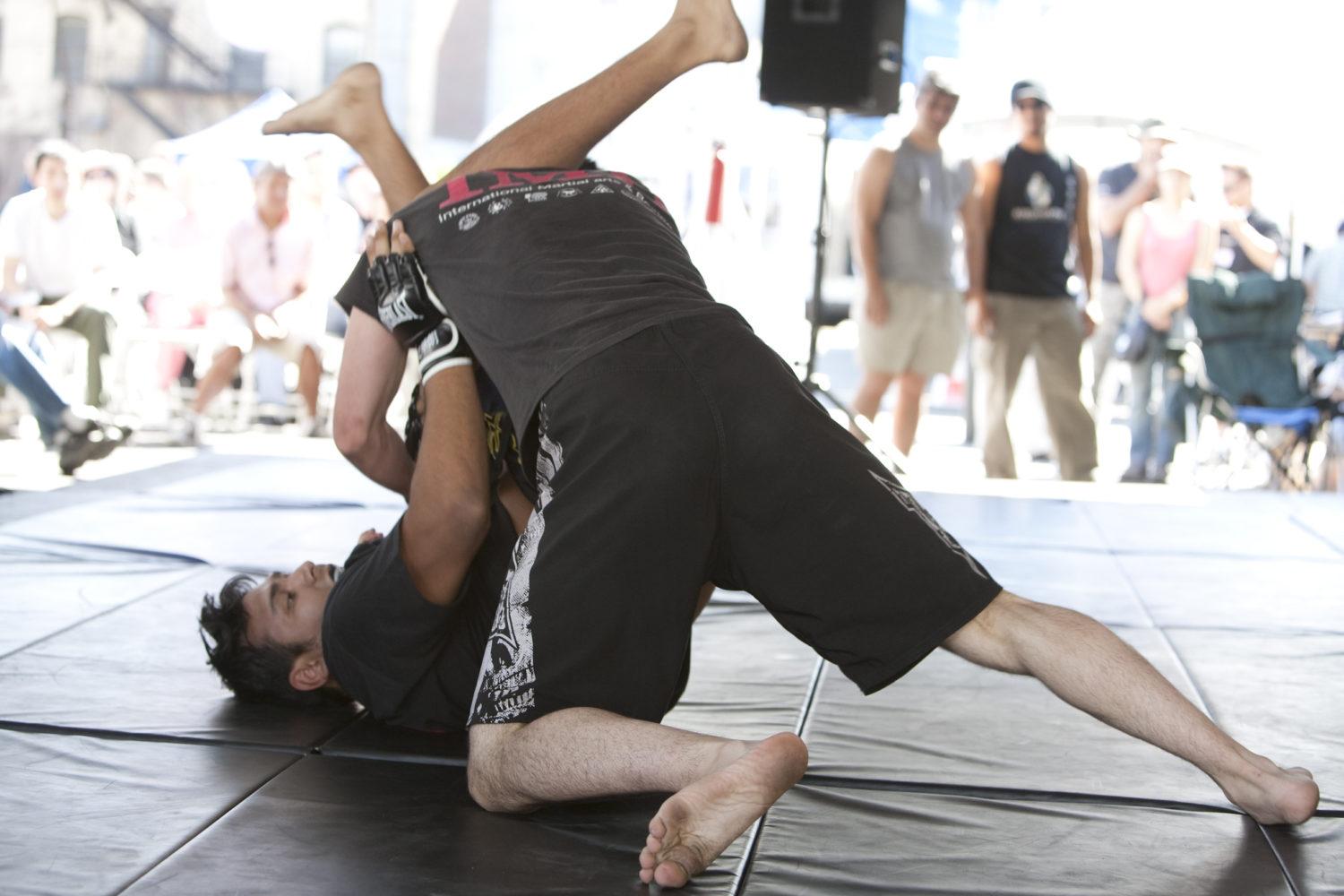 This is a lot of components for an athlete to have (in comparison to say, a marathon runner who need only almost exclusively focus on building a well-rounded aerobic system) and it is this wide array of abilities that makes twice-a-day training a common and sometimes even necessary component at certain times in the big picture of yearly periodization. This most commonly represents itself as combining both strength training and a form of martial arts within the same day. For example, Jiu-Jitsu in the morning and weight training in the evening.
This is a lot of components for an athlete to have (in comparison to say, a marathon runner who need only almost exclusively focus on building a well-rounded aerobic system) and it is this wide array of abilities that makes twice-a-day training a common and sometimes even necessary component at certain times in the big picture of yearly periodization. This most commonly represents itself as combining both strength training and a form of martial arts within the same day. For example, Jiu-Jitsu in the morning and weight training in the evening.
Although multiple training sessions per day may be a fantastic way to make progress in multiple departments of athletic development (while getting in killer shape), it is very important to emphasize the fact that you can only make progress based on what you can effectively recover from. Meaning, if your recovery isn’t being monitored during training phases (let alone twice-a-day training phases) or being given the attention that it requires, you can burn out pretty quickly and start spinning your tires in the mud. Nobody wants that, and yet it happens all the time.
Wondering why you haven’t progressed lately and are dying for coffee everyday?
 You might want to have a look into your nutrition.
You might want to have a look into your nutrition.
Trying to maintain performance and make progress during physically taxing times like these causes a great deal of various stressors on the body that can’t go overlooked. When it comes to recovery, the two things we know for sure within sports science are that:
#1: You can only make progress based on what you can effectively recover from.
#2: If you aren’t properly recovered, performance will suffer.
What does this mean?
Well, if you’re not fully recovered not only will you not effectively make progress in the gym, but your performance in competition will suffer as well. Bad news for both short term and long term athletic success!
Recovery and sports nutrition performance enhancement is such a large topic that it would be impossible to cover in its entirety throughout a blog post (full textbooks are available on just sub-topics of these categories) so I’m going to narrow it down and focus just on the top nutritional tips that should be on your radar as it pertains exclusively to the unique scenario that is twice-a-day training for combat sports.
 MMA twice-a-day training has been utilized by coaches and athletes for years to make faster progress. Often times combining both strength training and conditioning on the same day, or in the case of martial arts perhaps some strength work and then some kickboxing later on. These are just a couple variations of which the possibilities could be endless including activity of all types with varying degrees of training volume, intensity and frequency.
MMA twice-a-day training has been utilized by coaches and athletes for years to make faster progress. Often times combining both strength training and conditioning on the same day, or in the case of martial arts perhaps some strength work and then some kickboxing later on. These are just a couple variations of which the possibilities could be endless including activity of all types with varying degrees of training volume, intensity and frequency.
Fight camps and serious athletes on the other hand often times incorporate a combination of martial art skill work, sparring, strength training and various other evaluations all on the same day. On top of this, depending on how far you make it in this world it can be a pretty long, grueling process which demands you think not only about performance, but also career longevity.
As a by-product, this immediately rockets recovery to the top of the list in what you need to be concerned with because if you’re not effectively recovering day-to-day and session-to-session, you’re not performing either.
Understanding the energy system demands of MMA performance (this also includes your specific skill performance) and properly fueling ourselves for the sport, we know that carbohydrates are going to not only improve performance but also replace energy that was effectively burned during sport specific physical activity.
This is very important to care about because the #1 fatigue contributor to combat sports athletes engaging in multiple day training bouts is substrate depletion.
Meaning, athletes notoriously under fuel themselves during times like these and end up getting totally burnt out in less than a week.
Ever hear of the guy get sick half way through fight camp?
Yup, so have I.
Ever hear of the guy get injured half way through fight camp?
Weird, we know so many of the same people!
 Not focusing on individual nutrition and recovery plays such a huge role in this. Just in the above two examples, without nutrition your immune system is going to suffer which places you much more susceptible to being sick; as well as under recovering has you in a worse mood, sleeping poorly, moving poorly, having weaker power/strength outputs, and can even negatively affect your co-ordination. It doesn’t take long for that cocktail of bad events to result in an injury.
Not focusing on individual nutrition and recovery plays such a huge role in this. Just in the above two examples, without nutrition your immune system is going to suffer which places you much more susceptible to being sick; as well as under recovering has you in a worse mood, sleeping poorly, moving poorly, having weaker power/strength outputs, and can even negatively affect your co-ordination. It doesn’t take long for that cocktail of bad events to result in an injury.
Luckily for us, there are ways in which we can maximize recovery through proper food choices and timing throughout the day to make you a better and stronger martial artist.
Let me ask you something, how important is it for you to perform at your best?
If you don’t care, then feel free to move on and scroll some social media because I’m about to dive right into this thing.
But if you want to perform at your best or you want your gym/camp performing at their best and you also want to effectively make solid progress during twice-a-day training then carbohydrate timing is something that should be very important to you.
Glycogen is the body’s stored form of carbohydrate. It is primarily stored within the muscles and liver of the body, but can also be found in very small amounts of the kidneys. When it comes to combat sports, how much glycogen you currently have in storage has a significant effect on your overall performance, time to fatigue, energy and anaerobic capacity.
As physical activity continues within a given training session or multiple training sessions throughout the day you can begin to steadily deplete glycogen stores. This depletion is met with a drastic decrease in both cognitive and physical performance.
Low levels of glycogen is one of the most accurate predictors for poor performance in both training and in a competition setting. Simply put, the less glycogen you have stored within your body prior to training or competition time, the higher perception of fatigue you are going to have and the poorer your overall physical performance is going to be.
Ever hear of the low carb diet or paleo eating?
 Yeah, not for martial arts at all. Your training and skill work is far too glycolytic to get away with any sort of approach that isn’t tailored for you.
Yeah, not for martial arts at all. Your training and skill work is far too glycolytic to get away with any sort of approach that isn’t tailored for you.
Knowing this, our job is now to maximally set the stage of both full glycogen storage and to prevent its depletion from the body. This is entirely a game of intelligent sports nutrition, but where do we start?
Let’s start with the first half of that question and discuss the most effective ways in which we can ensure optimal glycogen storage within a given time period.
The science is very clear at this point in time that the most beneficial time to consume carbohydrates to support recovery and maximize glycogen storage is immediately post-workout and upwards to 6hrs post-training. Intense exercise in and of itself stimulates three very important components towards glycogen replenishment.
#1: Insulin sensitivity
#2: GLUT-4 translocation
#3: Glycogen synthase upregulation
That all might sound like a real mouthful upfront, but I promise you will understand it all in a few short moments and be able to apply some new strategies which are going to help you moving forward in your progression as an athlete.
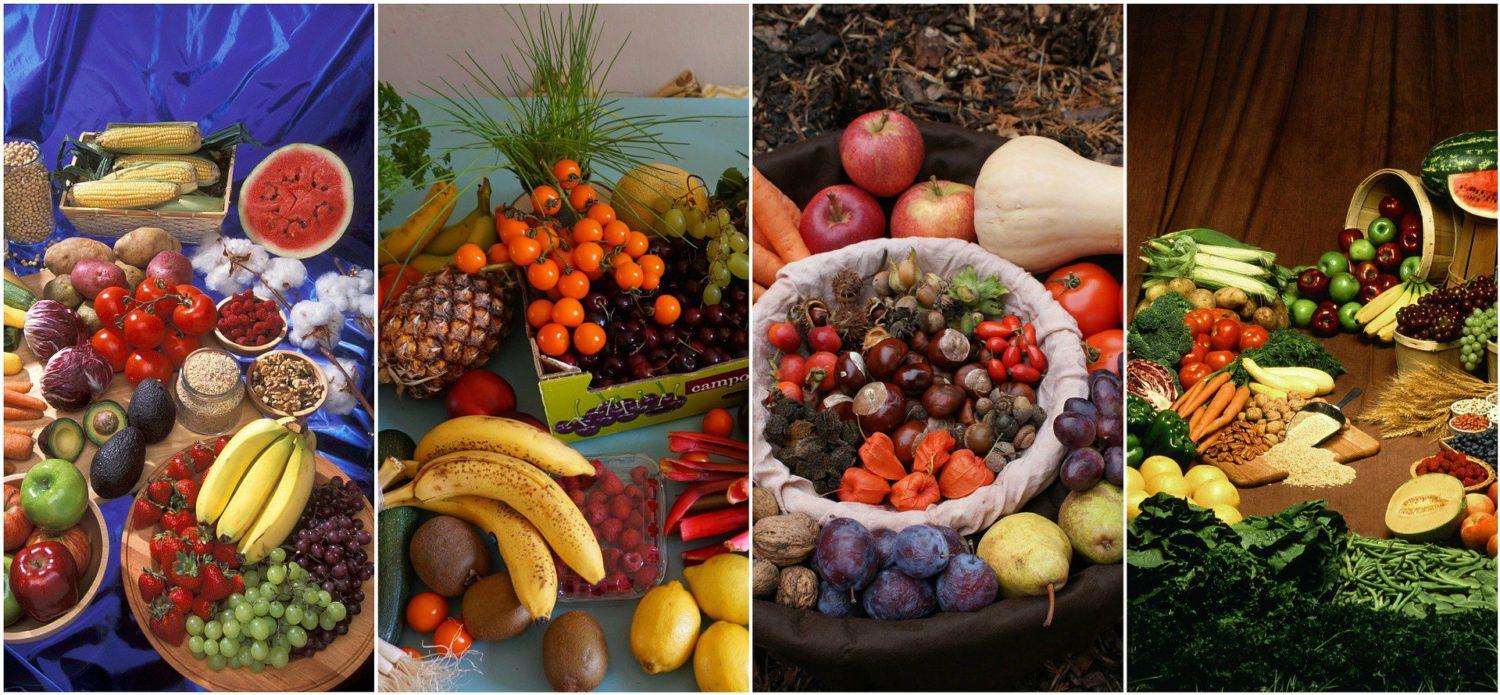
Insulin Sensitivity
Improved insulin sensitivity within the muscle cell quite literally increases the muscle cells sensitivity towards to effects of insulin. Insulin is an anabolic, storage hormone that effectively shuttles nutrients towards the cells of the body. When carbohydrates are available within the bloodstream, insulin increases. Now combine that with heightened insulin sensitivity from training in the muscle cells of the body and you have a recipe for carbohydrate transport from the diet right to your muscle to become glycogen.
GLUT-4 Translocation
 GLUT-4 is short for glucose transporter 4. Intense exercise trans locates this receptor towards the surface of the cell which it can then effectively take in carbohydrates from the bloodstream inside the muscle cell to then become glycogen. This separates itself from insulin sensitivity due to the fact that GLUT-4 translocation can improve and stimulate glycogen storage without the presence of insulin. This is primarily how Type-2 diabetics (insulin resistant people) store glycogen and regulate blood sugar more effectively with resistance training.
GLUT-4 is short for glucose transporter 4. Intense exercise trans locates this receptor towards the surface of the cell which it can then effectively take in carbohydrates from the bloodstream inside the muscle cell to then become glycogen. This separates itself from insulin sensitivity due to the fact that GLUT-4 translocation can improve and stimulate glycogen storage without the presence of insulin. This is primarily how Type-2 diabetics (insulin resistant people) store glycogen and regulate blood sugar more effectively with resistance training.
Glycogen Synthase Up-Regulation
Intense exercise upregulates glycogen synthase which is an enzyme the body needs in order to properly convert glucose into glycogen. Without the activation of this enzyme, no glycogen can be created or stored. In other words, intense exercise (such as MMA training) increases the activity of this enzyme and allows you to more effectively store post-workout food or shakes as glycogen as opposed to it having a greater susceptibility to go towards to fat cells.
“So how does all this stuff fit into the bigger picture of nutrition for twice-a-day training? How can I actually apply it?”
 Well, we know intense exercise increases insulin sensitivity, GLUT-4 translocation and glycogen synthase activity. This all creates the perfect environment for your muscles to both take in maximal amount of carbohydrates and effectively store them in the form of glycogen which is a stored form of energy in your muscle mass (as opposed to being stored as fat). This stored form of energy is also the form of energy you will be primarily utilizing in your training and competition, making it much more impactful towards your performance during these events and also the proper recovery / repletion afterwards.
Well, we know intense exercise increases insulin sensitivity, GLUT-4 translocation and glycogen synthase activity. This all creates the perfect environment for your muscles to both take in maximal amount of carbohydrates and effectively store them in the form of glycogen which is a stored form of energy in your muscle mass (as opposed to being stored as fat). This stored form of energy is also the form of energy you will be primarily utilizing in your training and competition, making it much more impactful towards your performance during these events and also the proper recovery / repletion afterwards.
By taking in more carbohydrates during these specific windows you will be able to create and store more glycogen and therefore be more recovered and fueled for your next bout of physical activity. This type of nutrition strategy will:
- Replace lost energy during physical activity
- Support recovery from sport and training
- Allow you to be maximally prepared for your next physical activity whether it be that same day or the next day
- Support hydration, anabolism and stress hormone balance
Although, like with many great things in life this type of intramuscular environment does not last forever and typically decreases its effectiveness after about 4-6hrs once the intense physical activity is complete. For this reason, it is highly recommended to the athletes reading this partaking in multiple times per day training bouts that you consume a high glycemic index carbohydrate + whey protein powder shake immediately post-training, followed up by preferably another 2 (or more, depending on how far apart you train) meals before your next training session.
Your daily carbohydrate intake should be its absolute highest within this 4-6hr post-workout period as this is when your body is most primed to store glycogen and support recovery. With the highest carb meals coming immediately post-workout, and then slowly tapering off in content from there on out as the window gradually closes.
| DAY | Monday | Tuesday | Wednesday | Thursday | Friday | Saturday | Sunday |
| A.M. | Higher intensity skill work | Conditioning | Higher intensity skill work | Off | Higher intensity skill work | Strength | Conditioning |
| P.M. | Strength | Low-intensity skill work | Strength | Off | Strength | Off | Off |
Typical twice-a-day training program minimizing training adaptation interference
EXAMPLE CARB LAYOUT FOR MONDAY
HIGH INTENSITY SKILL WORK – 1-2hrs in duration
Post-workout: 60g high G.I. carb powder + 30g whey isolate
1hr after post-workout: 2 cups of rice + 6oz lean meat + 1-2 cups vegetables
2-4hrs after previous meal: 1.5 cups of rice + 6oz lean meat + 1-2 cups vegetables + ½ avocado
2-4hrs after previous meal: 30g of whey protein + 1 apple + 1 tablespoon natural nut butter
PM STRENGTH TRAINING
Post-workout: 60g high G.I. carb powder + 30g whey isolate
1-2hrs after post-workout: 1 cup cottage cheese + 1 cup pineapple (drained) + ¼ cup raw nuts
Bed time
 Carbohydrate content per meal and per day is variable depending on your size, total training volume and current body composition goals. The above is simply an example outline. A typical athlete training 2x per day should consume roughly 2-3g per pound of body weight in carbohydrates per day as an initial starting point and adjust accordingly from there based on self-evaluation or seek professional nutritional coaching to cover all your bases.
Carbohydrate content per meal and per day is variable depending on your size, total training volume and current body composition goals. The above is simply an example outline. A typical athlete training 2x per day should consume roughly 2-3g per pound of body weight in carbohydrates per day as an initial starting point and adjust accordingly from there based on self-evaluation or seek professional nutritional coaching to cover all your bases.
High glycemic index carbohydrates (sugars) are highly recommended in the immediate post-workout window as they have been shown in the research to replenish glycogen faster and more completely than other forms of carbohydrates even when carbohydrate content is controlled for. That’s pretty powerful and gives us every reason in the world to take advantage of that. This is the one time where using sugars is actually beneficial and not detrimental to your health, recovery and performance.
Speed of replenishment isn’t super important when training once per day as the research indicates replenishment occurs regardless of carb sources used post-workout over a 24-hr period, but when you’re training again in the same day you need the fastest recovery you can possibly get.
Combat sports athletes need the quickest recovery possible in between bouts of activity if they are going to effectively perform at their best each and every time. Thus, high glycemic index carbohydrates in large quantities are ideal post-workout in the AM so that you can come back strong again in the PM. Without this quick recovery, PM performance ultimately suffers.
Outside the immediate post-workout window though, more of what the general population knows as “healthy carbs” are recommended. Those with a low-glycemic index, higher nutrient density and greater fiber content.
Post-workout nutrition options:
- Vitargo carbohydrate powder
- Gatorade
- The many other forms of supplemental carbohydrate + electrolyte mixes
- White rice
- Etc…
Habitual carbohydrate options throughout the day and on off-days would include:
- Sweet potato
- Quinoa
- Beans
- All fruits
- Oats
- Etc…
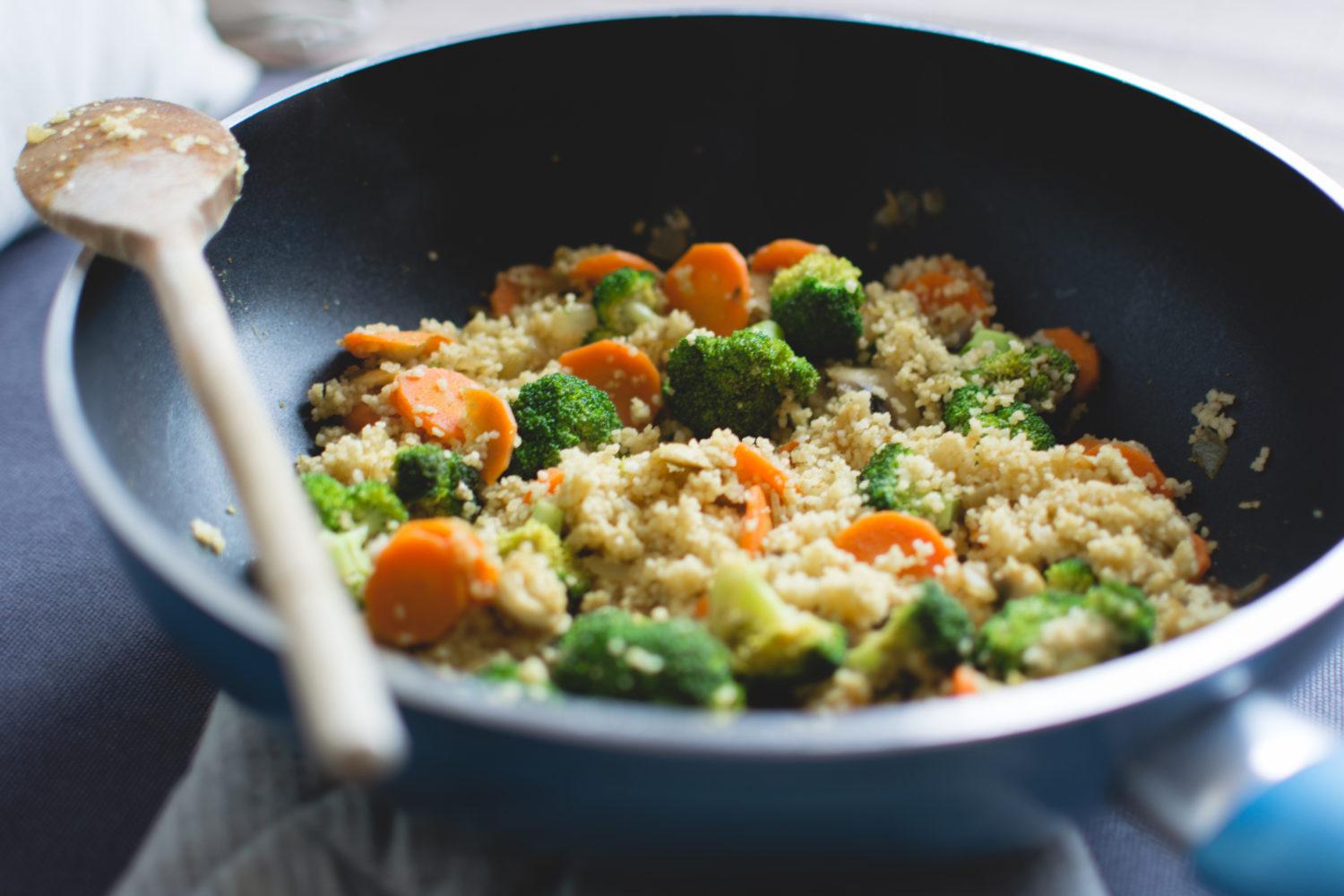
I want to make it clear here that these lists are not “eat only from here!” lists, they are just quick recommendations off the top of my head so that you get the idea. When it comes to nutrition, extremism is almost always the wrong way to go. Anybody who tells you to eliminate entire food groups doesn’t understand human metabolism.
It should also be noted that low intensity exercise will not create this same type of effective glycogen storing environment, you have to have actually put forth a very solid effort in the form of hard conditioning, hard skill work or resistance training to gain significant increases in insulin sensitivity, GLUT-4 translocation and glycogen synthase upregulation. Meaning, don’t carb load if you go for a jog, walk or just do some light skill work. This should go without saying, but you never know.
Let’s revisit all the way back to the initial question that sparked all of this:
“How do we effectively store glycogen in the body and also prevent its depletion?”
We’ve learned much about glycogen storage by this point and also some very effective strategies in which to accomplish that to maximize performance when it counts.
But, how can we help fight this depletion in the first place?
Easy, supply and demand.
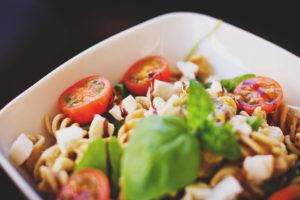 A way in which to prevent depletion is to utilize the above strategies in which maximize its storage, but to also have it readily available in the form of glucose during the actual physical activity we partake in.
A way in which to prevent depletion is to utilize the above strategies in which maximize its storage, but to also have it readily available in the form of glucose during the actual physical activity we partake in.
Consuming a high glycemic index carbohydrate drink during training provides your body with readily available energy substrates conducive to the energy system demands of combat sports that your body can use so it does not have to tap into its own glycogen stores as often. Therefore “sparing” glycogen during exercise so you decrease its overall depletion rate during a given bout of physical exercise.
To put it simply, you can think of your muscles saying “Ok, well, he’s drinking carbs so it’s available in the bloodstream so I don’t need to steal any that’s stored in the muscle just yet!”
What your body will do is breakdown both glycogen and muscle tissue in order to feed the energy demand if you’re in the gym not nutritionally prepared. Depending on the length and intensity of the workout, fat can come into play here as well although in most scenarios combat sports athletes primarily utilize glycogen/glucose (the ones actually training hard anyways).
By taking in high glycemic index carbohydrates, you can spare both your body’s glycogen stores and muscle tissue. Put another way, it prevents the breakdown (loss) of your current muscle mass and keeps your glycogen stores in better shape for your next training bout. This results in less muscle damage, less muscle loss, less muscle soreness and increased energy during training.
On top of this, carbohydrates elevate insulin levels. This insulin activity will drive carbohydrates towards the working muscles of the body to be utilized for both energy and recovery. Essentially, you’re getting a heck of a jump start on your recovery here. Additionally, protein (or) amino acids and electrolytes should be added to this drink as well to boost performance and hydration. Except we’ll leave the science behind that to another day as that single shake strategy is another blog post by itself.
I want to make note here again though that both during and immediately post-workout I recommend high glycemic carbohydrates. These carbohydrates metabolize and digest in the body at a much faster rate than other sources.
Faster digestion = Faster and more effective recovery
To wrap things up, I hope this post gave you one or more strategies in which you can utilize to maximize your performance or body composition goals and also allow you to see the big difference between short term and long term recovery.
 Dan Garner is the owner and founder of Team Garner and is the head strength coach and nutrition specialist for hockeytraining.com. Specializing and delivering consistent world class results in physique transformation and athletic performance, Dan has worked with many athletes from the youth leagues right up to the NHL, NFL, MLB and UFC. He is an international lecturer on sports nutrition and has been featured in several major media outlets. In addition to his coaching services, he has created many online products available for purchase and is a bestselling author on Amazon.
Dan Garner is the owner and founder of Team Garner and is the head strength coach and nutrition specialist for hockeytraining.com. Specializing and delivering consistent world class results in physique transformation and athletic performance, Dan has worked with many athletes from the youth leagues right up to the NHL, NFL, MLB and UFC. He is an international lecturer on sports nutrition and has been featured in several major media outlets. In addition to his coaching services, he has created many online products available for purchase and is a bestselling author on Amazon.





